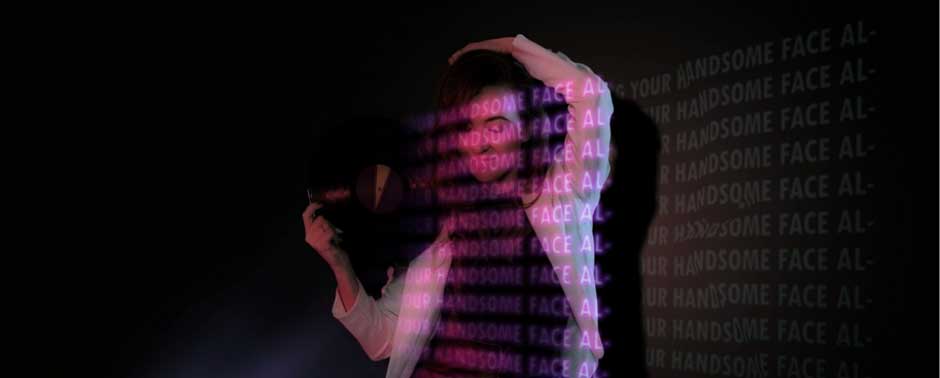How AI Denoisers Are Transforming Video Quality

In the world of digital media, video quality is a critical factor. Whether it’s old footage, low-light recordings, or compressed online videos, unwanted noise can ruin the visual experience. Blurry textures, grainy visuals, and flickering artifacts are common issues that reduce clarity and detail.
This is where AI denoiser technology comes into play. Advanced denoise video solutions now utilize artificial intelligence to clean up noisy footage while preserving important details. Tools like Unifab use deep learning models to remove unwanted noise efficiently, making videos look sharper and more professional.
Why Does Video Noise Occur?
Noise in videos is caused by several factors, including:
- Low-Light Conditions– When shooting in dim environments, cameras struggle to capture details, leading to grainy footage.
- Compression Artifacts– Online streaming platforms and video-sharing sites compress files, which can introduce pixelation and noise.
- Older Film & Digital Footage– Older videos recorded on analog or early digital cameras often suffer from visible noise and color distortions.
- High ISO Settings– In photography and videography, increasing the ISO setting makes the sensor more sensitive to light but also amplifies noise.
How AI-Powered Video Denoising Works
Unlike traditional noise reduction methods that apply blur filters (which can reduce sharpness), AI-based denoising uses machine learning to differentiate between actual image details and unwanted noise.
- Noise Pattern Recognition
AI models analyze thousands of noisy and clean video samples, learning to detect different types of noise patterns.
- Detail Preservation
Instead of simply softening the image, AI intelligently removes grain while keeping edges, textures, and fine details intact.
- Adaptive Processing
AI denoisers adjust their strength based on the level of noise detected, ensuring a natural-looking result without over-processing.
- Real-Time Enhancement
Some AI-powered tools allow real-time video denoising, making it possible to clean up noisy footage on the fly.
Key Benefits of AI Denoising
AI-driven denoise video solutions offer several advantages over traditional noise reduction techniques:
- Preserves Detail– AI removes noise without making the video look overly smooth or artificial.
- Improves Low-Light Footage– Videos shot in dark environments become clearer and easier to watch.
- Reduces Compression Artifacts– AI fixes pixelation and blocky artifacts caused by file compression.
- Enhances Old & Archival Videos– Historical footage can be restored to near-original quality.
- Speeds Up Post-Production– AI automates denoising, saving time for video editors and filmmakers.
Unifab: A Smart AI Denoiser for Video Enhancement

Among the latest AI-based tools, Unifab stands out as a powerful AI denoiser designed to enhance video quality effectively.
What Makes Unifab’s AI Denoiser Unique?
- Deep Learning Noise Removal– Trained on vast datasets to identify and eliminate noise intelligently.
- Detail Protection Technology– Enhances clarity without losing important textures or sharpness.
- Batch Processing Capabilities– Users can denoise multiple videos at once, saving time in editing workflows.
- Compatible with Various Video Formats– Works on low-resolution clips, 4K videos, and even older film recordings.
- User-Friendly Interface– No advanced settings needed—just upload a video and let AI handle the noise removal.
Industries Benefiting from AI Video Denoisers
AI-powered video denoising is making a significant impact across multiple fields:
- Filmmaking & Post-Production– Directors and editors use AI to clean up raw footage and night scenes.
- Surveillance & Security– Enhancing low-light CCTV recordings for clearer identification.
- Content Creation & Vlogging– YouTubers and video creators improve their footage without expensive equipment.
- Medical Imaging & Research– AI denoisers help process MRI and X-ray videos for better diagnosis.
- Restoration of Historical Footage– Old films and documentaries can be restored to modern viewing standards.
The Future of AI in Video Denoising
As AI technology advances, video noise reduction is expected to improve further:
- Smarter AI Models– Future denoisers will better distinguish noise from image details, reducing any loss of sharpness.
- Faster Real-Time Processing– AI-powered live video denoising could become standard in streaming and broadcasting.
- Cloud-Based Solutions– Users may soon denoise videos directly online without needing powerful hardware.
- Integration with Video Editing Software– AI denoisers will likely become built-in tools within professional video editing programs.
Final Thoughts
Video noise has long been a challenge for content creators, filmmakers, and anyone dealing with low-light footage. Thanks to AI denoiser tools like Unifab, removing noise while maintaining detail is now easier than ever.
With AI-driven denoise video solutions, videos can be transformed into high-quality visuals without requiring expensive equipment or manual frame-by-frame corrections. As technology continues to advance, AI denoising will play an even bigger role in professional and everyday video editing, ensuring that every frame looks crisp, clear, and visually stunning.
